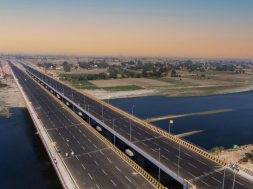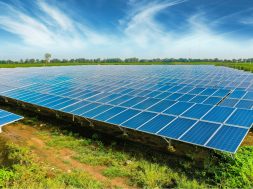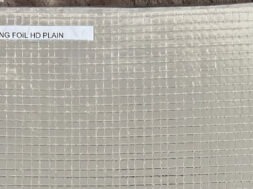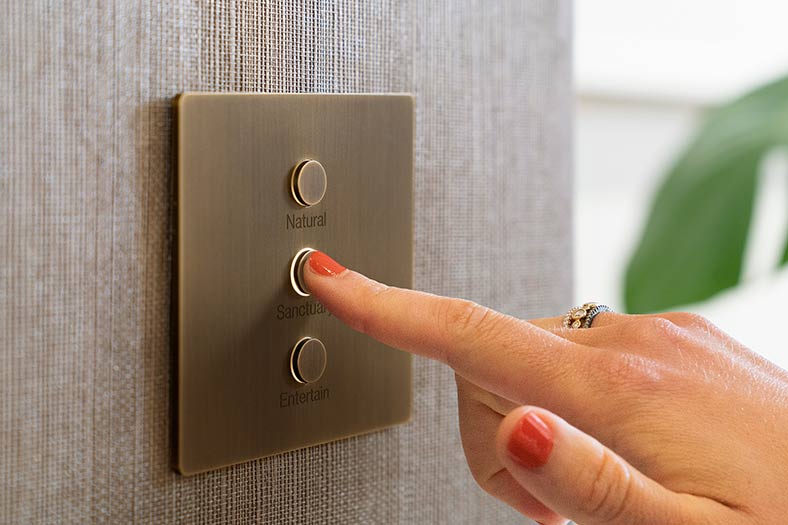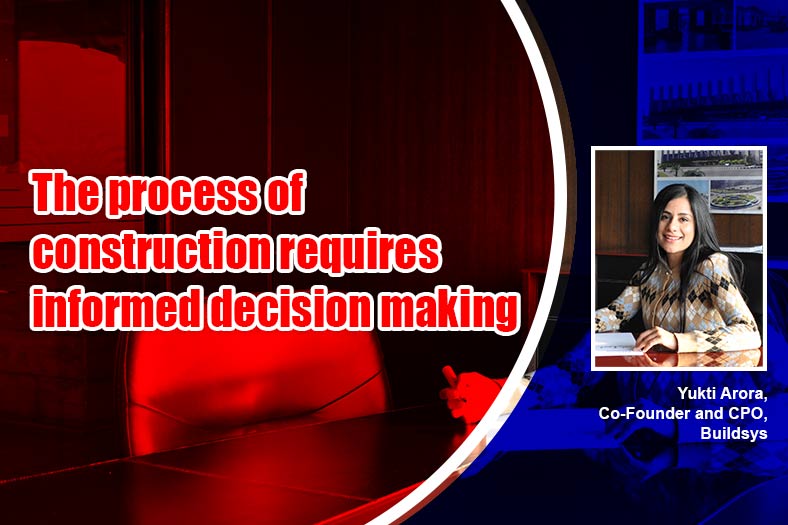Air-conditioning is not an energy guzzler! [Mar 2012]
Air-conditioning systems in India are powered by electricity. D. Nirmal Ram, Chairman, ACREX India 2012 thinks, “In electricity one unit saved is one unit produced and higher performance in air-conditioning results in energy saving” StrategiesThere are three fundamental strategies to increase energy performance: • Reduce Demand• Harvest Site Energy • Maximise efficiency
Demand reduction is accomplished by challenging initial use assumptions and by reducing internal loads and gains through the shell and lighting improvements. Harvesting site energy includes using free resources such as daylight, ventilation cooling and solar heating to satisfy needs for space air-conditioning. Finally the efficiency of the HVAC system should be maximised.
OrientationThe location of the building with reference to the compass points and avoiding exposure on West and East will result in an economical HVAC Design.
VentilationA demand controlled ventilation using carbon di-oxide sensors controlling the dampers which in turn controls the Variable frequency drives for changing the speed of the blower will result in higher energy efficiency. For higher outdoor air quantity, heat recovery by means of heat recovery wheel, run around coils and heat pipe will result in lesser system capacity. Inside Design ConditionsComfortable temperature is a relative figure and depends on outside temperature and humidity. Selecting a lower temperature than comfortable temperature is direct waste of energy. So compromise the need to use low temperature and humidity.
Equipment SelectionGenerally it is found that equipment selected on the actual instantaneous peak heat gain is oversized and therefore capable of maintaining much lower room conditions than the original design. One reason for such is the non-simultaneous occurrence of the peak in the individual loads (diversity) Also, if a smaller system is selected, and is based on the extended periods of operation at the peak load, it results in a more economical and efficient system at partially load condition.
Hybrid Chilled Water SystemA hybrid chiller option with a combination of air cooled screw chillers, water cooled centrifugal chillers and absorption chiller with heat recovery boilers from DG sets will enable efficient operation.
Air-handling UnitsChoice of Air handling units with supply and return/exhaust air fans will result in energy saving. During ‘free cooling’ conditions when the ambient temperature is comfortable, the supply fan will be drawing all outside air, whereas the return/exhaust fan will be exhausting the air from the conditioned area.
Toilet exhaust fans can be hooked with an infrared sensor/timer which will facilitate operation only during occupancy.
Server rooms and data center which are required to function round the clock can be contemplated with dual fluid precision units.
Chilled BeamsChilled beams offer a quiet indoor air free from draught
Variable Air-volume UnitsVariable air volume units coupled with motion sensors will enable closure of the units to the minimum levels will result in energy efficiency.
DuctingSize ductwork appropriately and install balancing dampers to reduce velocity losses. Ducts with lower aspect ratios offer lower resistance and can reduce fan energy significantly. Ducts should be insulated and sealed but indoor air quality issues should also be considered. Factory made ducts with good workmanship will result in the low leakage losses.Thermal StoragePower tariffs and rationing during peak load hours – This becomes a potential tool for use by the designer to harness the sleeping giant of thermal storage. Thermal storage systems become handy in areas wherein due to water shortage the usage of water cooled chillers are limited.
Vapour Absorption SystemAlternate sources of energy particularly waste steam/heat can be used for refrigeration. Heat recovery from solar heat is also a possible option.
Variable Speed DrivesVariable frequency drives can be used for the primary and secondary chilled water circulation pump sets by sensing the temperature and pressure differential in the chilled water lines. Two way motorised valves in the air handling units can be actuated by a thermostat which will vary the flow according to the loads resulting in pressure changes which can be sensed and used for changing the speed of the pump sets.
Variable speed drives are used for the air handling units. Variable air volume units will regulate the airflow for various zones based on the occupancy and temperature by a variable air volume unit, which will give a pressure signal for the VFD to change the speed of the air handling unit.
A demand controlled ventilation system uses a variable speed drive operating based on the opening and closure of the fresh air dampers controlled by the carbon-di-oxide sensors.
A typical basement exhaust system can use a variable speed drive controlled by carbon-mono-oxide sensors. Centrifugal/screw chillers with variable speed drives are also available.
Building Automation SystemThe main objective of the building automation system is to reduce the running and energy costs, improve the quality and supply of information on the air-conditioning system. The system can establish basis which will be good bench-mark for energy efficient operation subsequently.
Good Installation PracticesGood equipment will not serve its purpose if it is not installed properly. Good installation practices with stringent quality control measures will result in easy maintenance and will pave a way to energy saving. Air leakage if any in the ducting system will result in serious energy loss.
Commissioning & Handing OverCommissioning is a systematic process to ensure that the air-conditioning system performs according to the design intent and the owner’s operational needs. Commissioning maximises energy efficiency and thereby minimises environmental impacts associated with energy production and consumption.
Operation & MaintenanceA well drawn-out diligent operation and preventive maintenance schedule really saves energy. Proper maintaining of inside design conditions does not mean that the system is working efficiently as peak load will not exist throughout the year and the plant is designed based on the peak load. As such proper preventive maintenance is to be performed for proper upkeep of the system to save electrical energy.
Operation shall be focussed only in areas, which can result energy saving without compromising the design intent. When there is a compromise, it is not a saving but a faulty operation!
Saving is only a relative term. Improvement is possible at every stage on continuous basis and there is no limit for energy saving.
7
Cookie Consent
We use cookies to personalize your experience. By continuing to visit this website you agree to our Terms & Conditions, Privacy Policy and Cookie Policy.
